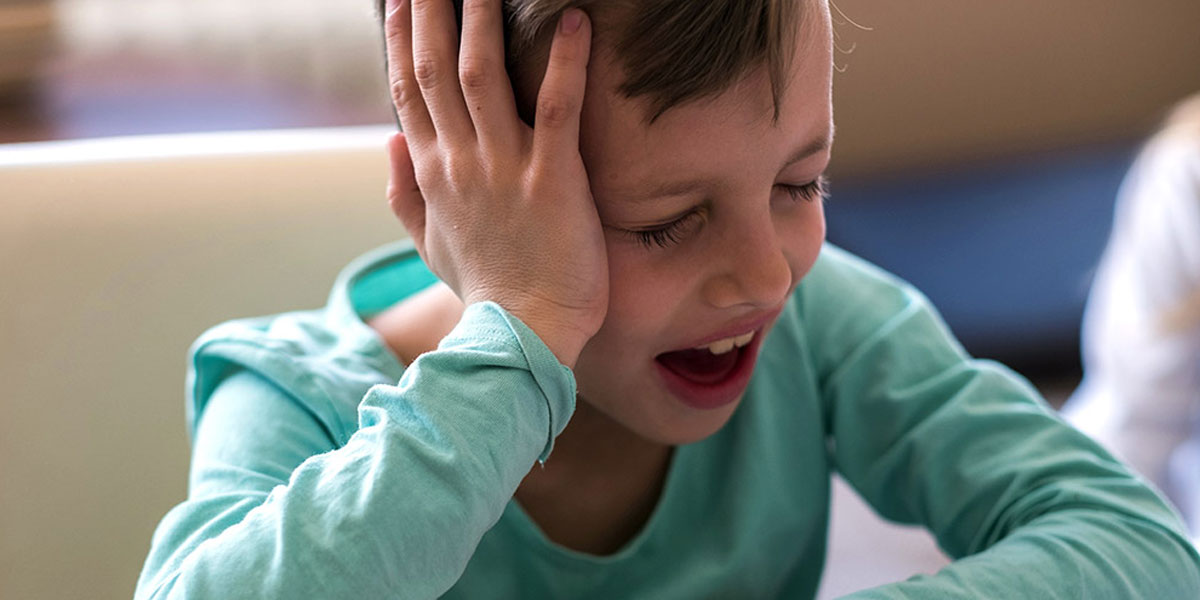Autism Elementary Age
Red flags for autism
Basic social interaction can be difficult for children with autism spectrum disorders. Many kids on the autism spectrum seem to prefer to live in their own world, aloof and detached from others.
- Appears disinterested or unaware of other people or what’s going on around him
- Doesn’t know how to connect with others, play, or make friends
- Prefers not to be touched, held, or cuddled
- Doesn’t play “pretend” games, engage in group games, imitate others, or use toys in creative ways
- Has trouble understanding or talking about feelings
- Doesn’t seem to hear when others talk to him
- Doesn’t share interests or achievements with others (drawings, toys)

Signs and symptoms of speech and language difficulties in autism.
Children with autism spectrum disorders have difficulty with speech and language. Often, they start talking late.
- Speaks in an abnormal tone of voice, or with an odd rhythm or pitch (e.g. ends every sentence as if asking a question)
- Repeats the same words or phrases over and over
- Responds to a question by repeating it, rather than answering it
- Refers to themselves in the third person
- Uses language incorrectly (grammatical errors, wrong words)
- Has difficulty communicating needs or desires
- Doesn’t understand simple directions, statements, or questions
- Takes what is said too literally (misses undertones of humor, irony, and sarcasm)
Signs and symptoms of nonverbal communication difficulties in autism
Children with autism spectrum disorders have trouble picking up on subtle nonverbal cues and using body language. This makes the “give-and-take” of social interaction very difficult.
- Avoids eye contact
- Uses facial expressions that don’t match what he or she is saying
- Doesn’t pick up on other people’s facial expressions, tone of voice, and gestures
- Makes very few gestures (such as pointing). May come across as cold or “robot-like”
- Reacts unusually to sights, smells, textures, and sounds. May be especially sensitive to loud noises
- Abnormal posture, clumsiness, or eccentric ways of moving (e.g. walking exclusively on tiptoe)

Signs and symptoms of inflexibility in autism
Children with autism spectrum disorders are often restricted, inflexible, and even obsessive in their behaviors, activities, and interests.
- Follows a rigid routine (e.g. insists on taking a specific route to school)
- Has difficulty adapting to any changes in schedule or environment (e.g. throws a tantrum if the furniture is rearranged or bedtime is at a different time than usual)
- Unusual attachments to toys or strange objects such as keys, light switches, or rubber bands
- Obsessively lines things up or arranges them in a certain order
- Preoccupation with a narrow topic of interest, often involving numbers or symbols (e.g. memorizing and reciting facts about maps, train schedules, or sports statistics)
- Spends long periods of time arranging toys in specific ways, watching moving objects such as a ceiling fan, or focusing on one specific part of an object such as the wheels of a toy car
- Repeats the same actions or movements over and over again, such as flapping hands, rocking, or twirling (known as self-stimulatory behavior, or “stimming”). Some researchers and clinicians believe that these behaviors may soothe children with autism more than stimulate them

